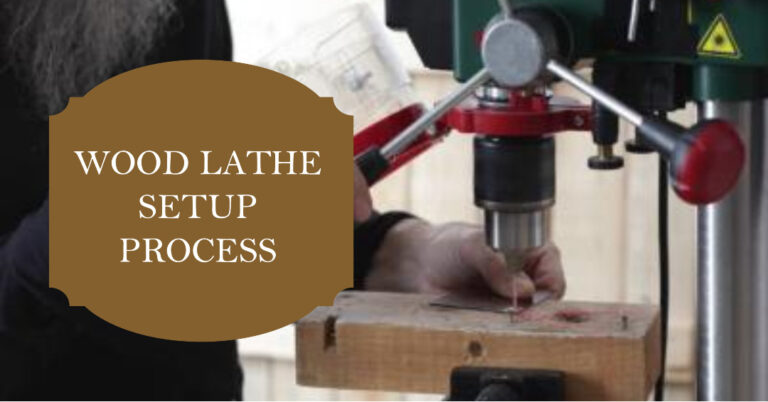10 Different Types of Milling Machine and their Uses

If you’re a student, a DIY enthusiast, or a seasoned pro, knowing your milling machines is crucial. Think of it like this: you wouldn’t start a DIY project without knowing what’s in your toolbox, right? Milling machines are your all-in-one tool they shape, drill, and cut with precision.
What is a Milling Machine?
First understand what a milling machine is. Imagine you’ve got a block of metal or wood that you need to shape or resize.
You may be building a piece of furniture, crafting a metal sculpture, or making parts for a car. A milling machine is your best friend in situations like this.
A milling machine is a tool used to remove material from a workpiece, typically metal, but it can also work with wood and other materials.
It achieves this by rotating a cutting tool, called a milling cutter, against the workpiece. It is a precise, automated chisel that can work in multiple directions and angles.
That gives you a basic idea of what a milling machine is. But here’s where it gets interesting: not all milling machines are made the same.
Depending on your project needs, some types will be more suitable. Picking the right one can save you time, effort, and even a few grey hairs.
Types Of Milling Machines
Are you ready? There’s a world of milling machines, each with unique features, benefits, and limitations. Here are some of the main types you’re likely to encounter:
- Vertical milling machine
- Horizontal milling machine
- Universal milling machine
- Dro milling machine
- CNC milling machine
- Tracer Controlled Milling Machine
- Omniversal milling machine
- Column Milling Machines
- Duplex Milling Machine
- Rotary Table Milling Machine
1. Vertical Milling Machine
First on our list is the Vertical Milling Machine. You’re on the right track if you’re picturing a machine with a cutting tool that moves up and down.
The vertical milling machine is one of the most common types in workshops. It’s versatile and can handle various tasks, including cutting, drilling, and shaping.
The spindle holds the cutting tool and is oriented vertically, allowing for precision work.
2. Horizontal Milling Machine
Now, if the Vertical Milling Machine were a straight-laced guy in a business suit, the Horizontal Milling Machine would be its laid-back cousin in jeans.
Instead of a vertical spindle, it has a horizontal one. This orientation allows it to perform heavy-duty cutting tasks, especially when you need to remove a lot of material. This could be the one for you if you’re dealing with larger, heavier workpiece.
3. Universal Milling Machine
Universal Milling Machines are the Swiss army knives of the milling world. They come with a vertical and horizontal spindle, giving you the best of both worlds.
These machines can perform a wide range of tasks and are highly adaptable. If versatility is what you’re after, look no further.
4. Dro Milling Machine
Digital Readout (DRO) Milling Machines are perfect if you’re someone who values accuracy above all else. These machines come with a digital display to provide real-time data, helping you make precise cuts every time.
Imagine having a built-in GPS for your milling tasks that’s what a DRO milling machine offers.
5. CNC Milling Machine
Computer Numerical Control (CNC) Milling Machines are the rockstars of the milling world. With automated controls and minimal manual intervention, these machines can perform complex tasks at the push of a button.
If you’re into high-precision, complex projects and have a bit of a budget, this one is worth considering.
6. Tracer-Controlled Milling Machine
A Tracer Controlled Milling Machine is your go-to if you’re working on a project requiring duplicating specific shapes or contours.
It uses a stylus or a tracing mechanism to follow a template and replicate it onto the workpiece. It’s like having a mime in the shop an immensely skilled mime!
7. Omniversal Milling Machine
As the name suggests, the Omniversal Milling Machine is the jack-of-all-trades.
This machine offers maximum flexibility and can be adjusted in multiple directions. This is your machine if you have a project requiring various angles and positions.
8. Column Milling Machines
Column Milling Machines are designed for heavy milling operations. With their robust construction and high-power capabilities, they can easily handle large work pieces.
These machines are ideal for industrial applications where stamina and durability are essential.
9. Duplex Milling Machine
Duplex Milling Machines have two spindles, allowing for simultaneous machining from both sides of the workpiece. This can be a massive time-saver for large-scale production runs. If efficiency is your middle name, you’ll love this one.
10. Rotary Table Milling Machine
It has a round table that spins around a vertical axis. This design lets you work from multiple angles without moving your project. It’s perfect for complex tasks that need careful attention.
Which Type of Milling Machine Will You Choose?
So, you’re brainstorming which milling machine fits your needs, aren’t you? The key is finding the right tool to streamline your work and enhance your project quality. It’s all about making your life simpler and your output better.
Conclusion
You’ve just had a full course meal on the variety of milling machines available. Now, it’s time to pick what’s best for you.
Each machine comes with its own set of pros and cons. The goal is to match one to your specific needs. Whether you’re a pro or a beginner, the right machine makes all the difference.
For detailed work, you might lean toward a CNC or Tracer Controlled Milling Machine. If you’re into bigger, heavy-duty projects, a Horizontal or Duplex Milling Machine could be your go-to.






